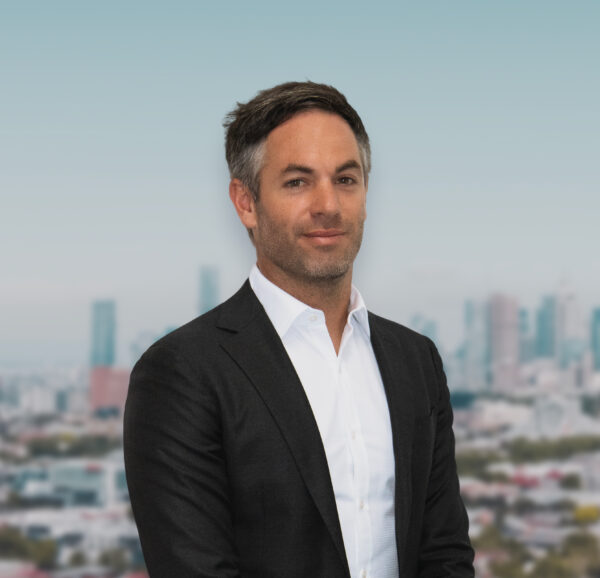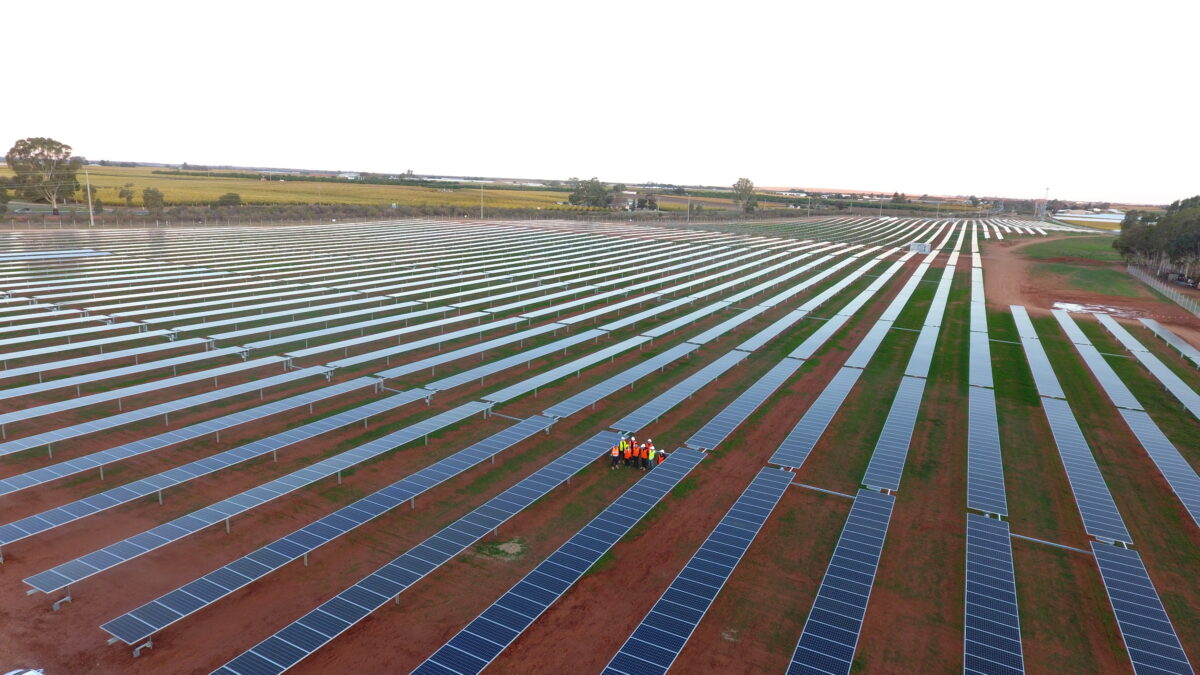The IPCC’s AR6 report, released in March, revealed solar energy is the most feasible option for reducing global emissions by 2030. The report stated every country must accelerate to keep warming limited to 1.5°C. This stark warning has in turn led to an acceleration in governments and companies’ decarbonisation plans.
It is clear if we are to successfully transition toward a cleaner future, every industry and every Australian must contribute. In terms of energy alone, to achieve global net zero targets, the International Energy Agency has stated, a minimum of 190 GW of solar needs to be installed every year from 2023 onward.

However, a necessarily fast-tracked energy transition requiring huge investment and skilled work should not mean that Australia should rely solely on technology and labour from overseas.
Ironically, whilst sustainability is the name of the game for this transition, it seems that it is being ignored, especially in how the term relates to renewable project longevity, economic benefit, jobs for Australians and high-quality craftsmanship.
Whilst more renewable energy and greater uptake of solar is obviously fantastic news, I know from experience that growth at a rapid pace must go hand-in-hand with thoughtful local investment, considering each project through to long-term operation.
When people ask how ACLE remains competitive with global organisations, I credit the local workforce and knowledge, as well as the vertically integrated supply chain across engineering, procurement and construction services. I believe it is the minimal reliance on subcontractors in balance with local and international expertise that allows us to guarantee quality and speed simultaneously.
We have witnessed unprecedented growth in demand for Australian-made solar projects which use local workforces. Since being founded in 2019, ACLE grew from delivering 24.6 MW in its first year to the construction of over 24 utility scale renewable energy projects, generating over 500 MW today. We have now made the move into NSW after completing projects across Victoria, Queensland and South Australia.
There is no doubt vertical integration comes with its own financial challenges, but it also allows ‘more bang for buck’ when it comes to quality. It also eliminates the typical downside of sub-contractors who want to get in and out as fast as possible, which can lead to corner cutting.
Put simply, Australia has always faced a massive opportunity in solar and clean energy generation more broadly. Whilst the energy industry looks different to two decades ago, the local skills, jobs and drive to deliver have not changed. Australia has all the resources, skills and ambition to become a clean energy superpower and meet our reduction commitments.
The views and opinions expressed in this article are the author’s own, and do not necessarily reflect those held by pv magazine.
This content is protected by copyright and may not be reused. If you want to cooperate with us and would like to reuse some of our content, please contact: editors@pv-magazine.com.








By submitting this form you agree to pv magazine using your data for the purposes of publishing your comment.
Your personal data will only be disclosed or otherwise transmitted to third parties for the purposes of spam filtering or if this is necessary for technical maintenance of the website. Any other transfer to third parties will not take place unless this is justified on the basis of applicable data protection regulations or if pv magazine is legally obliged to do so.
You may revoke this consent at any time with effect for the future, in which case your personal data will be deleted immediately. Otherwise, your data will be deleted if pv magazine has processed your request or the purpose of data storage is fulfilled.
Further information on data privacy can be found in our Data Protection Policy.